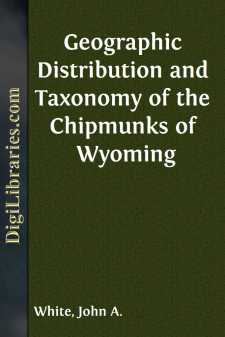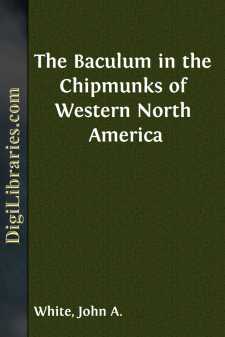Categories
- Antiques & Collectibles 13
- Architecture 36
- Art 48
- Bibles 22
- Biography & Autobiography 813
- Body, Mind & Spirit 142
- Business & Economics 28
- Children's Books 17
- Children's Fiction 14
- Computers 4
- Cooking 94
- Crafts & Hobbies 4
- Drama 346
- Education 46
- Family & Relationships 57
- Fiction 11829
- Games 19
- Gardening 17
- Health & Fitness 34
- History 1377
- House & Home 1
- Humor 147
- Juvenile Fiction 1873
- Juvenile Nonfiction 202
- Language Arts & Disciplines 88
- Law 16
- Literary Collections 686
- Literary Criticism 179
- Mathematics 13
- Medical 41
- Music 40
- Nature 179
- Non-Classifiable 1768
- Performing Arts 7
- Periodicals 1453
- Philosophy 64
- Photography 2
- Poetry 896
- Political Science 203
- Psychology 42
- Reference 154
- Religion 513
- Science 126
- Self-Help 84
- Social Science 81
- Sports & Recreation 34
- Study Aids 3
- Technology & Engineering 59
- Transportation 23
- Travel 463
- True Crime 29
Geographic Distribution and Taxonomy of the Chipmunks of Wyoming
by: John A. White
Description:
Excerpt
Capitalized color terms in the following accounts are of Ridgway, "Color Standards and Color Nomenclature," Washington, D.C., 1912.
The measurements of the skull that were used in this study were made as shown in White (1953:566, fig. 1). These are: Greatest length of skull, zygomatic breadth, cranial breadth, length of nasals, length of lower tooth-row, condylo-alveolar length of mandible, and inner mandibular length.
Of the external measurements, only the total length and the length of the tail are recorded in table 1. Some field collectors measured the ear from the notch and others from the crown; most collectors measured the length of the hindfoot to the nearest millimeter rather than in tenths of a millimeter as would have been desirable. Consequently, I decided against using the length of the ear and hindfoot in this report.
When the word "significantly" is used in comparisons, it is meant to show that there is a significant statistical difference between two or more samples. Whenever eight or more specimens from one locality were available, the mean, range, standard deviation, standard error of the mean, and coefficient of variability were calculated.
Only adult specimens were used in comparison. "Aging" of specimens is discussed on page 587 of this paper.
The geographic range of each species and subspecies is not described in writing, for, the localities are plotted on maps along with the geographic range of each subspecies, and under "specimens examined" the locality of each specimen or series of specimens is listed.
In the synonymy of each subspecies there appears, first the first usage of a name, second the first usage of the name combination now employed, and third, pure synonyms.
A total of 757 specimens of chipmunks are listed as examined in the course of preparing this report. Additional specimens were less carefully examined in the Biological Surveys Collection in Washington, D.C. Specimens used in my study, unless otherwise specified, are in the Museum of Natural History, University of Kansas. The symbols representing the collections containing specimens studied are as follows:
BS—United States Biological Surveys Collection.
FC—Collection of James S. Findley.
MM—Museum of Zoology, University of Michigan.
NM—United States National Museum.
KU—Museum of Natural History, University of Kansas.
I am grateful to Professor E. Raymond Hall for guidance in my study and thank Doctors Robert W. Wilson, E. Lendell Cockrum, Keith R. Kelson, A. Byron Leonard, Rollin H. Baker, and others at the Museum of Natural History and Department of Zoology, University of Kansas, for encouragement and advice. My wife, Alice M. White, made the illustrations and helped me in many ways.
For permission to borrow and to study specimens, I thank Dr. W. H. Burt of the Museum of Zoology, University of Michigan, Miss Viola S. Schantz of the United States Fish and Wildlife Service, Mr. Colin C. Sanborn of the Chicago Natural History Museum, and Mr. James S. Findley.
Assistance with field work is acknowledged from the Kansas University Endowment Association, the National Science Foundation and the United States Navy, Office of Naval Research, through contract No....





